Grow Spinach at Home – and unlock a world of fresh, nutritious greens right at your fingertips! Have you ever dreamed of strolling into your backyard and harvesting vibrant, leafy spinach for a delicious salad or a healthy smoothie? Well, dream no more! This DIY guide is your key to transforming that dream into a reality, even if you have limited space or gardening experience.
Spinach, a powerhouse of vitamins and minerals, has been cultivated for centuries, with its origins tracing back to ancient Persia. From there, it spread across the globe, becoming a staple in cuisines worldwide. But why rely on store-bought spinach when you can enjoy the unparalleled freshness and flavor of homegrown?
In today’s world, where healthy eating is more important than ever, knowing how to grow spinach at home offers a fantastic way to control the quality and source of your food. Plus, it’s incredibly rewarding! Imagine the satisfaction of nurturing a plant from seed to harvest, knowing you’re providing yourself and your family with wholesome, organic goodness. This article will provide you with simple, effective tricks and hacks to successfully cultivate spinach, regardless of your gardening skill level. Let’s get started and turn your home into a thriving spinach haven!
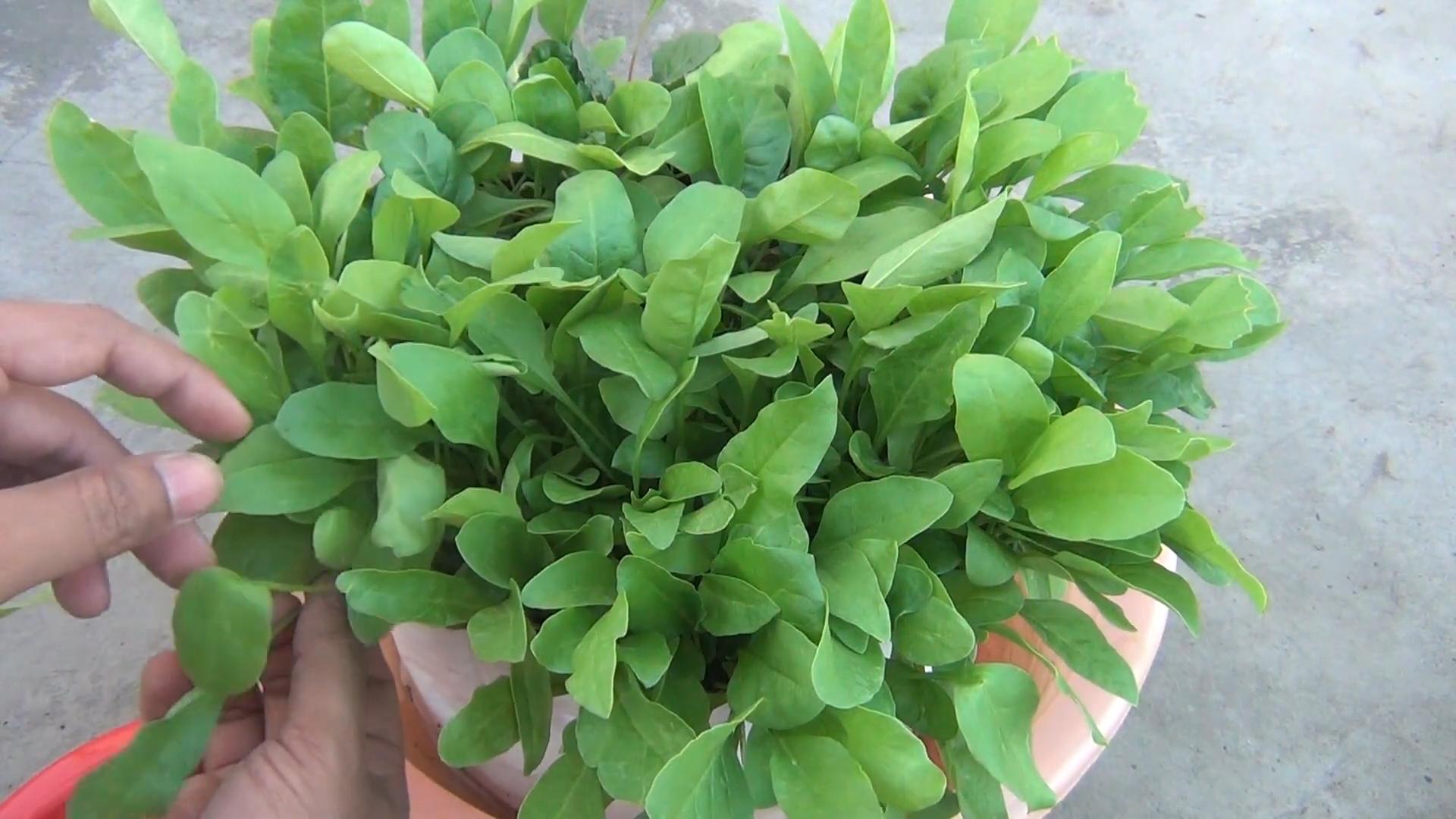
Growing Spinach at Home: A Beginner’s Guide
Hey there, fellow gardening enthusiasts! I’m so excited to share my experience with growing spinach at home. It’s surprisingly easy, even if you’re a complete newbie like I was. Fresh, homegrown spinach is so much tastier than the store-bought stuff, and you’ll feel amazing knowing you grew it yourself. Let’s get started!
Choosing the Right Spinach Variety
First things first, you need to pick the right spinach variety. There are a few different types, and some are better suited for certain climates and growing conditions. Here are a few popular options:
* **Savoy:** This type has crinkled, curly leaves and is known for its cold hardiness. It’s a great choice if you live in an area with cool winters.
* **Semi-Savoy:** A good compromise between Savoy and smooth-leaf varieties. It’s slightly crinkled and relatively easy to clean.
* **Smooth-Leaf:** This type has flat, smooth leaves and is the easiest to clean. It’s a good choice if you plan on using your spinach in salads.
* **Malabar Spinach:** Technically not a true spinach, but it thrives in hot weather when other spinach varieties bolt. It has a slightly different flavor and texture.
I personally prefer Savoy spinach because I love the texture of the crinkled leaves, but feel free to experiment and see which variety you like best!
Preparing Your Spinach Growing Area
Spinach needs the right environment to thrive. Here’s what you need to consider:
* **Sunlight:** Spinach needs at least 3-6 hours of sunlight per day. If you live in a hot climate, try to provide some afternoon shade to prevent bolting (going to seed prematurely).
* **Soil:** Spinach prefers well-drained soil that is rich in organic matter. A slightly acidic to neutral pH (6.5-7.0) is ideal.
* **Location:** Choose a location that is protected from strong winds. Spinach leaves can be delicate and easily damaged.
Step-by-Step Planting Guide
Now for the fun part – planting your spinach!
1. **Prepare the Soil:** Before planting, amend your soil with compost or other organic matter. This will improve drainage and provide essential nutrients. I like to use a mix of compost, aged manure, and a little bit of bone meal.
2. **Sow the Seeds:** Spinach seeds can be sown directly into the ground or started indoors. I usually sow them directly because it’s easier. Sow the seeds about ½ inch deep and 1 inch apart.
3. **Water Gently:** After sowing, water the soil gently to avoid disturbing the seeds. Keep the soil consistently moist but not waterlogged.
4. **Thin Seedlings:** Once the seedlings emerge (usually in about 5-10 days), thin them to about 3-6 inches apart. This will give them enough room to grow and prevent overcrowding. Don’t throw away the thinned seedlings! You can eat them as microgreens.
5. **Mulch:** Apply a layer of mulch around the spinach plants to help retain moisture, suppress weeds, and regulate soil temperature. Straw, shredded leaves, or wood chips work well.
Caring for Your Spinach Plants
Once your spinach plants are established, it’s important to provide them with proper care.
* **Watering:** Water your spinach plants regularly, especially during dry periods. Aim to keep the soil consistently moist but not waterlogged. I usually water deeply once or twice a week, depending on the weather.
* **Fertilizing:** Spinach is a heavy feeder, so it benefits from regular fertilization. I like to use a liquid fertilizer diluted to half strength every 2-3 weeks. You can also side-dress with compost or aged manure.
* **Weeding:** Keep your spinach patch free of weeds. Weeds compete with spinach for nutrients and water. Hand-pulling weeds is the best option to avoid damaging the spinach plants.
* **Pest Control:** Spinach can be susceptible to certain pests, such as aphids, slugs, and leaf miners. Inspect your plants regularly and take action if you notice any problems. I like to use organic pest control methods, such as insecticidal soap or neem oil.
* **Bolting Prevention:** As mentioned earlier, spinach can bolt (go to seed) in hot weather. To prevent bolting, provide afternoon shade, water regularly, and harvest your spinach frequently.
Harvesting Your Spinach
Harvesting your spinach is the most rewarding part of the process! You can start harvesting when the leaves are about 4-6 inches long.
1. **Harvesting Individual Leaves:** The easiest way to harvest spinach is to simply pick individual leaves as needed. This allows the plant to continue producing new leaves.
2. **Harvesting the Whole Plant:** If you want to harvest the entire plant, cut it off at the base with a sharp knife.
3. **Timing:** Harvest spinach in the morning when the leaves are crisp and cool.
4. **Storage:** Store your harvested spinach in the refrigerator in a plastic bag or container. It will stay fresh for several days.
Troubleshooting Common Spinach Problems
Even with the best care, you might encounter some problems when growing spinach. Here are a few common issues and how to address them:
* **Bolting:** As mentioned earlier, bolting is a common problem in hot weather. To prevent bolting, provide afternoon shade, water regularly, and harvest your spinach frequently.
* **Yellowing Leaves:** Yellowing leaves can be a sign of nutrient deficiency, overwatering, or underwatering. Check the soil moisture and nutrient levels and adjust accordingly.
* **Pest Infestations:** Inspect your plants regularly for pests and take action if you notice any problems. Organic pest control methods, such as insecticidal soap or neem oil, are usually effective.
* **Downy Mildew:** Downy mildew is a fungal disease that can affect spinach. To prevent downy mildew, provide good air circulation, avoid overhead watering, and use disease-resistant varieties.
Extending Your Spinach Season
If you live in a climate with hot summers, you can extend your spinach season by planting in the early spring and fall. You can also use row covers or shade cloth to protect your plants from extreme temperatures.
* **Succession Planting:** Plant new spinach seeds every 2-3 weeks to ensure a continuous harvest throughout the growing season.
* **Fall Planting:** Plant spinach in late summer or early fall for a fall and winter harvest.
* **Winter Protection:** In cold climates, you can protect your spinach plants from frost and snow by covering them with row covers or a cold frame.
Spinach Recipes to Enjoy
Now that you have a bounty of fresh spinach, it’s time to enjoy it! Here are a few of my favorite spinach recipes:
* **Spinach Salad:** A classic spinach salad with your favorite toppings, such as bacon, eggs, and croutons.
* **Spinach and Artichoke Dip:** A creamy and delicious dip that’s perfect for parties.
* **Spinach Smoothie:** A healthy and refreshing smoothie with spinach, fruit, and yogurt.
* **Spinach Quiche:** A savory quiche with spinach, cheese, and eggs.
* **Sautéed Spinach:** A simple and flavorful side dish that’s ready in minutes.
Additional Tips and Tricks
Here are a few extra tips and tricks to help you grow the best spinach possible:
* **Soak Seeds:** Soaking spinach seeds in water for 24 hours before planting can improve germination rates.
* **Companion Planting:** Plant spinach with other vegetables, such as radishes, carrots, and onions, to help deter pests and improve growth.
* **Soil Testing:** Test your soil regularly to ensure that it has the proper pH and nutrient levels.
* **Record Keeping:** Keep a record of your planting dates, watering schedule, and fertilization schedule to help you improve your spinach growing skills over time.
Growing spinach at home is a rewarding experience that anyone can enjoy. With a little bit of planning and care, you can have a continuous supply of fresh, delicious spinach right in your backyard. Happy gardening!
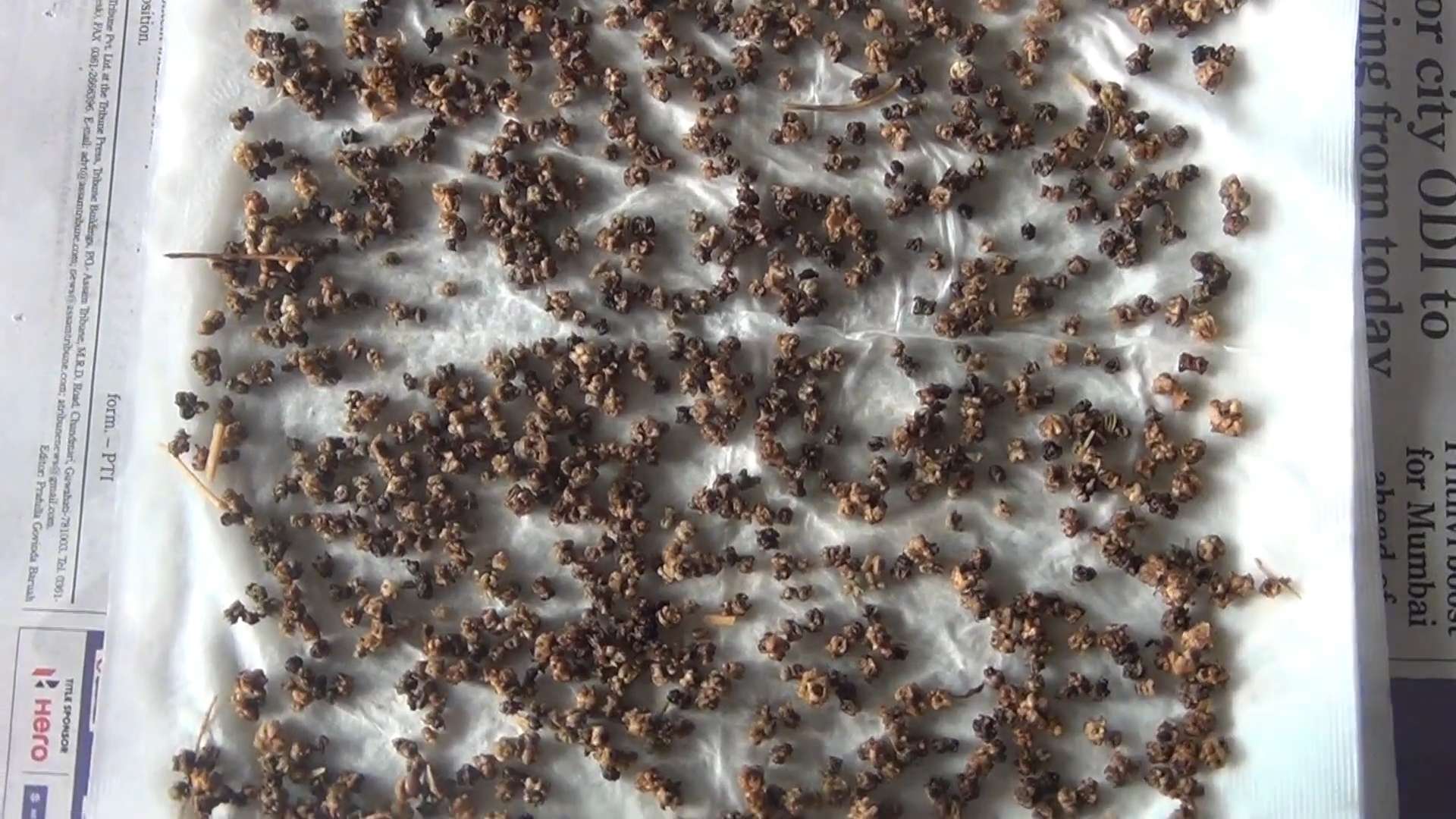
Conclusion
So, there you have it! Growing your own spinach at home is not only achievable, but it’s also incredibly rewarding. Forget those wilted, pre-packaged greens from the supermarket. Imagine stepping out into your garden or onto your balcony and harvesting fresh, vibrant spinach leaves bursting with flavor and nutrients. This DIY project is a game-changer for anyone who values fresh, healthy eating and enjoys connecting with nature.
Why is this a must-try? Because it puts you in control. You control the quality of the soil, the amount of sunlight, and the absence of harmful pesticides. You know exactly where your food is coming from, and that peace of mind is priceless. Plus, the taste of homegrown spinach is simply superior. It’s sweeter, more tender, and packed with more flavor than anything you can buy in a store.
But the benefits don’t stop there. Growing spinach at home is also a fantastic way to reduce your carbon footprint. You’re eliminating the transportation and packaging associated with store-bought produce, making a small but significant contribution to a more sustainable lifestyle. And let’s not forget the therapeutic aspect of gardening. Spending time nurturing your plants can be incredibly relaxing and stress-relieving.
Looking for variations? Absolutely! Try growing different varieties of spinach, such as Savoy, semi-Savoy, or flat-leaf. Experiment with growing spinach in containers, raised beds, or even indoors under grow lights. You can also companion plant spinach with other vegetables like radishes, lettuce, and strawberries to maximize space and deter pests. Consider succession planting, sowing new seeds every few weeks, to ensure a continuous harvest throughout the growing season. For a spicy kick, try adding a sprinkle of cayenne pepper to your soil – it can help deter pests and add a subtle warmth to your spinach.
Don’t be intimidated if you’re a beginner gardener. Growing spinach is relatively easy, and even a small patch can yield a surprising amount of produce. Start with a small container or a raised bed, and gradually expand as you gain confidence. The key is to provide your spinach with well-drained soil, plenty of sunlight, and consistent moisture.
We wholeheartedly encourage you to give this DIY trick a try. You’ll be amazed at how easy and rewarding it is to grow your own spinach at home. Not only will you enjoy delicious, healthy greens, but you’ll also experience the satisfaction of nurturing something from seed to harvest.
So, grab your seeds, prepare your soil, and get ready to enjoy the freshest spinach you’ve ever tasted. And most importantly, don’t forget to share your experience with us! We’d love to hear about your successes, your challenges, and any tips or tricks you’ve discovered along the way. Share your photos and stories on our social media channels using #HomegrownSpinach and let’s inspire others to embrace the joy of growing their own food. Happy gardening!
Frequently Asked Questions (FAQs)
What is the best time of year to plant spinach?
Spinach is a cool-season crop, meaning it thrives in cooler temperatures. The best time to plant spinach is in early spring or early fall. In the spring, plant your seeds as soon as the soil can be worked, typically 4-6 weeks before the last expected frost. For a fall harvest, plant your seeds 6-8 weeks before the first expected frost. In warmer climates, you can even grow spinach throughout the winter. Avoid planting spinach during the hot summer months, as high temperatures can cause it to bolt (go to seed) prematurely, resulting in bitter-tasting leaves.
What kind of soil does spinach need?
Spinach prefers well-drained soil that is rich in organic matter. The ideal soil pH for spinach is between 6.5 and 7.0. Before planting, amend your soil with compost or other organic matter to improve its fertility and drainage. If your soil is heavy clay, consider adding sand or perlite to improve drainage. Spinach also benefits from a soil that retains moisture well, so consider adding mulch around your plants to help conserve water.
How much sunlight does spinach need?
Spinach needs at least 4-6 hours of sunlight per day to grow properly. However, in hotter climates, spinach can benefit from some afternoon shade to prevent bolting. If you’re growing spinach indoors, you’ll need to provide it with artificial light using grow lights. Position your spinach plants in a location that receives ample sunlight, such as a south-facing window or a sunny spot in your garden.
How often should I water spinach?
Spinach needs consistent moisture to thrive. Water your spinach plants regularly, especially during dry periods. Aim to keep the soil consistently moist but not waterlogged. Overwatering can lead to root rot, so be sure to provide good drainage. A good rule of thumb is to water your spinach when the top inch of soil feels dry to the touch. Mulching around your plants can help retain moisture and reduce the need for frequent watering.
How do I harvest spinach?
You can harvest spinach leaves as soon as they are large enough to eat, typically when they are about 4-6 inches long. To harvest, simply cut the outer leaves with a sharp knife or scissors, leaving the inner leaves to continue growing. This cut-and-come-again method allows you to harvest spinach multiple times from the same plant. Avoid harvesting spinach during the hottest part of the day, as the leaves will be more likely to wilt.
What are some common pests and diseases that affect spinach?
Some common pests that affect spinach include aphids, leaf miners, and flea beetles. To control these pests, you can use insecticidal soap, neem oil, or row covers. Common diseases that affect spinach include downy mildew and white rust. To prevent these diseases, choose disease-resistant varieties of spinach, provide good air circulation, and avoid overwatering. Regularly inspect your plants for signs of pests or diseases and take action promptly to prevent them from spreading.
Can I grow spinach in containers?
Yes, spinach grows well in containers. Choose a container that is at least 6 inches deep and has drainage holes. Fill the container with a well-draining potting mix that is rich in organic matter. Plant your spinach seeds or seedlings in the container, spacing them about 2-3 inches apart. Water the container regularly and fertilize with a balanced fertilizer every few weeks. Place the container in a location that receives at least 4-6 hours of sunlight per day.
How do I prevent spinach from bolting?
Bolting is when spinach plants prematurely go to seed, resulting in bitter-tasting leaves. To prevent bolting, choose bolt-resistant varieties of spinach, plant your spinach in early spring or early fall, and provide it with some afternoon shade during hot weather. Consistent watering and mulching can also help prevent bolting. If your spinach plants do start to bolt, you can still harvest the leaves, but they may not taste as good.
Can I freeze spinach?
Yes, you can freeze spinach for later use. To freeze spinach, wash it thoroughly and blanch it in boiling water for 2-3 minutes. Then, transfer the spinach to an ice bath to stop the cooking process. Drain the spinach well and squeeze out any excess water. Pack the spinach into freezer bags or containers and freeze for up to 8-12 months. Frozen spinach is great for adding to soups, stews, smoothies, and other dishes.
What are some creative ways to use homegrown spinach?
Beyond salads, homegrown spinach can be used in countless ways! Add it to smoothies for a nutrient boost, sauté it with garlic and olive oil for a simple side dish, or use it as a filling for omelets and quiches. You can also blend it into pesto, add it to pasta sauces, or use it as a topping for pizzas and flatbreads. Get creative and experiment with different recipes to discover your favorite ways to enjoy your homegrown spinach. Remember, fresh is best, so enjoy the fruits (or rather, leaves!) of your labor.

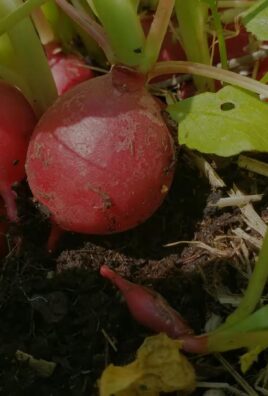
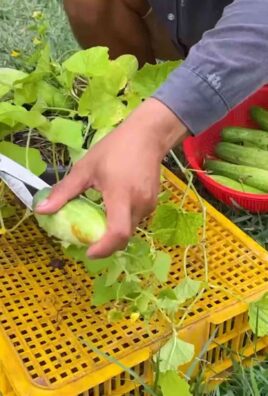
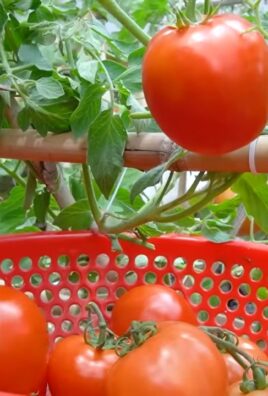
Leave a Comment